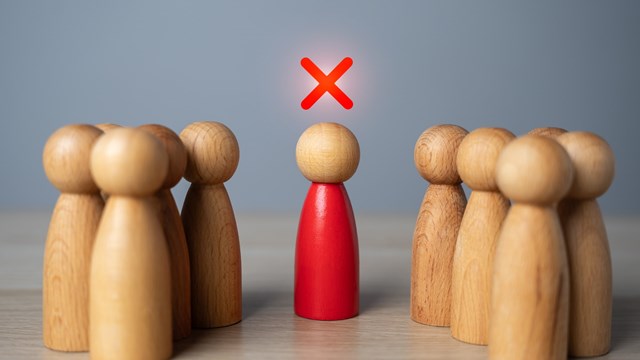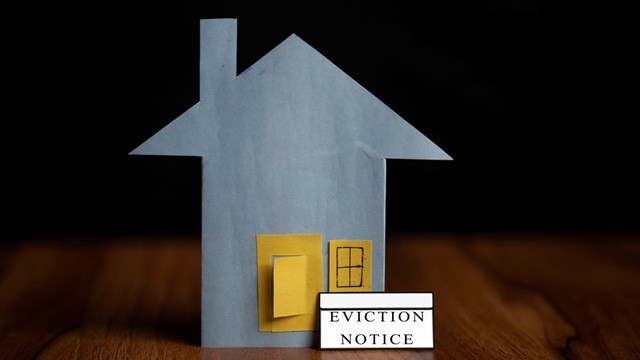To reduce their potential liability from secondhand smoke-related issues, condominium and cooperative boards and landlords or rental buildings can attempt to adopt rules and bylaws or lease terms that clearly address smoking issues. (Although, changing the terms of a rent stabilized lease, even at renewal time, is virtually always prohibited.)
Enforcing the Rules
However, knowing the difficulty of this task, some unorthodox means can be attempted to achieve the same goals. As cooperatives can reject an application for any reason that does not violate anti-discrimination laws, clients in our firm have been adding an agreement to the application whereby the prospective tenant-shareholder signs that he/she agrees to not smoke in the apartment or interfere with another resident’s privacy. These signed contracts can be used to enforce the building’s “no smoking” rules. Many landlords have been using the newest Blumberg lease forms that prohibit smoking entirely within the apartment or that permit the tenant to be evicted for interfering “with the health, comfort, or safety of other occupants of the building.”
Condominiums have less leverage to ban or regulate smoking, but many have been adding these no smoking agreements to their entrance applications. Unfortunately, in the event that a prospective owner refuses to sign the “no smoking” agreement, the condominium can only exercise its right of first refusal to purchase the selling unit owner’s apartment or delay the waiver of its right of first refusal until the closing. However, as most condominiums are in no position to exercise their right of first refusal, a new purchaser who refuses to sign an anti-smoking agreement is likely to prevail if the condominium refuses to waive the right of first refusal.
Other peaceful, but less effective, means that boards and landlords may employ to ban or regulate smoking include (1) displaying “public notices” on building bulletin boards and/or in letters circulated to all apartment residents stating clearly where in the building smoking is permitted and where it is not permitted and what residents may do to alleviate the effects of smoking upon their neighbors; (2) giving periodic written notice to all residents of the building’s policies, rules, and bylaws regarding the building smoking policy; and (3) upon receiving notice of violation of building smoking policies, sending letters directly to the offending resident restating the rules and demanding compliance.
Other non-litigation measures that have been successful in the past include holding meetings with the offenders and the alleged victims of secondhand smoke, sending letters with the threat of litigation, and reminding offenders that if the building prevails in litigation, the bylaws or the lease, as is true in most cases, contains a clause entitling the building to an award of its attorney’s fees. (For cooperatives and rentals, RPB §234 makes this right reciprocal for the tenant.)
Overseeing All Repairs
Shoddily constructed buildings are one of the main causes of smoke infiltration, but so too, are gut renovations of existing apartments. Boards and landlords should also be diligent in overseeing alterations and repairs, to ensure that unit owners, shareholders, and tenants comply with building codes when such work is done in their apartments. Care should be taken to ensure that gut renovations of apartments do not result in conditions that will allow secondhand smoke to travel through walls, floors, ceilings, or passageways.
Building alteration agreements customarily require that the scope of work and plans and specifications for any proposed work within an apartment be submitted to the board, for review by the building’s engineer or architect, before the alteration is approved and work is permitted to start. In addition, residents seeking approval for the work are normally required to pay for the building’s engineer to inspect and approve the planned alterations. This practice should be followed to ensure compliance with smoking abatement code requirements and any additional requirements imposed by the building.
Engineers are more important than lawyers when considering the various ways to abate noise, smoke, and other forms of nuisance. The engineer is in a position not only to discover potential defects in construction, but also to evaluate whether the proposed construction is lawfully permissible. The engineer and the alteration agreement go hand in hand. Requiring an inspection by an engineer as part of the alteration agreement is essential to enforcing the obligations set forth in the agreement. The alteration agreement should require that the building’s engineer “sign-off” on the work after it is completed.
In Conclusion
Battles over secondhand smoke are, besides noise disputes, the “hottest” problem affecting buildings at the present time. Hopefully, adoption by boards and landlords of the recommendations contained in this article will not only save buildings tons of money, but may also enable boards and landlords to achieve the peaceful resolution of these disputes when they arise.
Adam Leitman Bailey, Esq. is founder and principal of Adam Leitman Bailey, P.C., a Manhattan-based law firm.







Leave a Comment